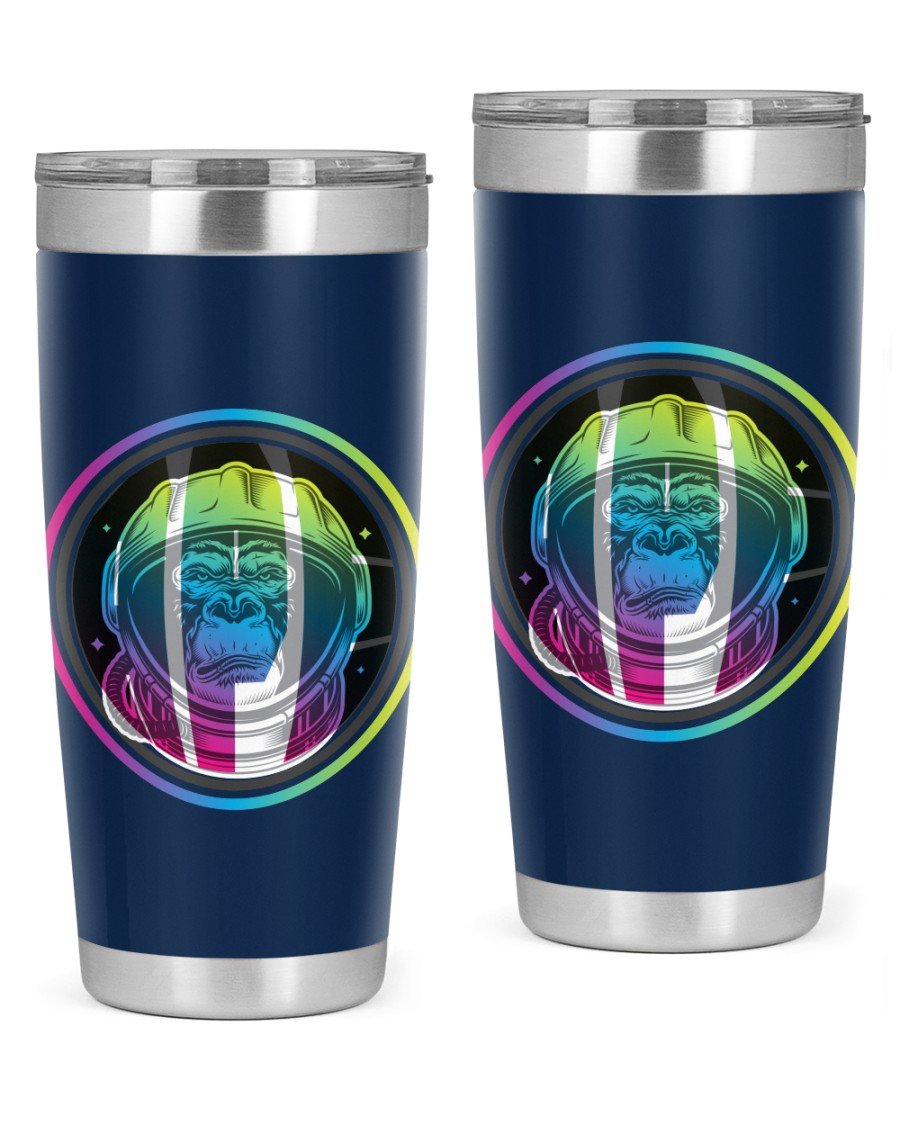
Throughout history, technology has consistently served as a pivotal force in the dissemination of cultural and artistic materials. From the advent of the printing press in the 15th century, which revolutionized the spread of literature and ideas, to the rise of the internet in the late 20th century, technological advancements have continually reshaped the ways in which cultures share and receive information. These milestones not only facilitated the broader distribution of cultural artifacts but also democratized access to artistic expressions, allowing a more diverse array of voices to be heard.
The printing press, invented by Johannes Gutenberg, marked one of the earliest significant technological breakthroughs in cultural diffusion. By enabling the mass production of books, it drastically reduced the cost of literature and made written works more accessible to the broader public. This democratization of knowledge played a crucial role in the Renaissance and the spread of scientific and philosophical ideas across Europe.
Fast forward to the 19th century, the invention of the telegraph and later, the telephone, transformed communication by enabling real-time dialogue across vast distances. These technologies facilitated not only personal communication but also the transmission of cultural materials, such as news, music, and literature, thereby shrinking the world and enhancing cultural exchange.
The 20th century brought about even more profound changes with the advent of radio, television, and eventually, the internet. Radio and television allowed for the instantaneous broadcast of cultural and artistic content to millions of people simultaneously, breaking down geographical barriers and creating a shared cultural experience. The internet, however, took this a step further by providing a platform for interactive and user-generated content, where individuals could both consume and contribute to the cultural landscape.
Each of these technological milestones has played a significant role in the spread of cultural and artistic materials, highlighting the intrinsic link between technological advancements and cultural diffusion. As we delve deeper into the specific impacts of these technologies in the following sections, it becomes evident that technology not only facilitates the dissemination of cultural content but also shapes the very nature of cultural interactions and exchanges.
The Evolution of Media and Communication Technologies
The journey of media and communication technologies over the centuries has been a pivotal force in the diffusion of cultural and artistic materials. The advent of the printing press in the 15th century marked the beginning of a monumental shift. By enabling the mass production of books and other printed materials, it broke the monopoly of handwritten manuscripts and facilitated the widespread dissemination of knowledge. This democratization of information allowed ideas and cultural expressions to travel far beyond their points of origin.
Subsequent technological advancements continued to enhance the reach and impact of cultural materials. The 19th century saw the emergence of telegraphy and later, the telephone, which revolutionized long-distance communication. These innovations shrank the world metaphorically, allowing for quicker and more efficient transmission of information and cultural content across vast distances.
The 20th century introduced radio and television, which further transformed the landscape of cultural diffusion. These broadcast media brought art, music, and cultural narratives into the homes of millions, transcending geographical and social barriers. The immediacy and accessibility provided by these technologies enabled a shared cultural experience on an unprecedented scale.
In the latter part of the 20th century and into the 21st century, the rise of the internet and digital technologies has exponentially accelerated the dissemination of cultural and artistic materials. With the internet, the barriers to accessing and sharing information have been significantly lowered. Digital platforms and social media networks have become powerful tools for artists and cultural producers to reach global audiences instantaneously. Online repositories, virtual galleries, and streaming services have made art and culture more accessible than ever before, fostering a more inclusive cultural landscape.
Each technological leap, from the printing press to the internet, has played a crucial role in expanding the reach of cultural materials and democratizing access to art and culture. The continuous evolution of media and communication technologies underscores their indispensable role in the diffusion of cultural and artistic materials.
Digital platforms have revolutionized the ways in which cultural and artistic materials are disseminated globally, forging a new era of cultural globalization. Social media, streaming services, and online galleries have become indispensable tools for artists and cultural creators, enabling them to transcend traditional geographical and socio-economic barriers. These platforms facilitate the instantaneous sharing and consumption of cultural content, thereby fostering cross-cultural interactions and understanding.
Social media platforms, such as Instagram, Facebook, and Twitter, serve as potent tools for artists to showcase their work to a global audience. These platforms not only provide a space for visual and performing artists to exhibit their creations but also offer interactive features that enable real-time feedback and engagement from audiences worldwide. This dynamic interaction helps artists refine their work, understand diverse cultural contexts, and build a loyal, global fan base.
Streaming services like Spotify, Netflix, and YouTube have also played a critical role in the globalization of culture. These platforms have democratized access to a vast array of cultural and artistic materials, making it easier for consumers to discover content from different parts of the world. For instance, music streaming services introduce listeners to genres and artists from various cultures, while video streaming platforms enable viewers to explore films, documentaries, and series from different countries. This widespread accessibility not only enriches the cultural experiences of consumers but also supports the international careers of artists.
Online galleries and virtual exhibitions offer another avenue through which cultural and artistic materials are globally disseminated. Art institutions and independent artists alike harness these digital spaces to reach audiences far beyond the confines of physical galleries. Virtual exhibitions often come with interactive features such as virtual tours, artist talks, and educational resources, providing a comprehensive cultural experience to global audiences. These online spaces are particularly significant in times of global crises, such as the COVID-19 pandemic, where physical interaction is limited.
In essence, digital platforms have become the cornerstone of cultural and artistic globalization, offering unprecedented opportunities for cross-cultural exchange. By breaking down geographical barriers and fostering global interactions, these platforms not only amplify the reach of cultural creators but also enrich the cultural tapestry of audiences worldwide.
Technology has become an indispensable tool in the preservation and archiving of cultural heritage. Digital archiving, for instance, plays a pivotal role in safeguarding historical artifacts, artworks, and traditional practices. By converting physical objects and documents into digital formats, institutions can create comprehensive, searchable databases that are not only easily accessible but also immune to many of the physical risks that threaten their analog counterparts. This ensures that invaluable cultural materials are preserved for posterity and can be accessed by scholars, researchers, and the general public from anywhere in the world.
One of the most transformative technologies in this domain is 3D scanning. This technique allows for the precise digital replication of artifacts, monuments, and even entire archaeological sites. The resulting 3D models can be studied in detail without the need to handle the physical objects, thus minimizing wear and potential damage. Moreover, these digital models can be used to create virtual exhibitions, providing an immersive experience that can bring distant or fragile artifacts closer to a global audience. Additionally, 3D scanning facilitates the restoration process by providing accurate data that can be used to recreate missing or damaged parts of artifacts.
Virtual reality (VR) is another groundbreaking technology that has revolutionized the preservation of cultural heritage. VR allows users to experience historical sites and cultural practices in an interactive, immersive environment. For example, virtual reconstructions of ancient cities or significant historical events offer a dynamic way of learning about the past. These reconstructions are not only educational but also provide a means to preserve cultural narratives and experiences that might otherwise be lost. VR can also serve as a platform for preserving intangible cultural heritage, such as traditional music, dance, and rituals, allowing these practices to be experienced and appreciated in their full context.
Through the integration of these advanced technologies, the preservation of cultural heritage has entered a new era. Digital archiving, 3D scanning, and virtual reality collectively ensure that our rich cultural legacies are not only preserved but also made accessible and engaging for future generations. These technological advancements provide a robust framework for the continuous safeguarding and celebration of our shared human heritage.
The Impact of Artificial Intelligence on Cultural Creation and Distribution
Artificial Intelligence (AI) has significantly transformed the landscape of cultural creation and distribution. By leveraging advanced algorithms and machine learning techniques, AI is pioneering new methods in the creation of art, music, literature, and other cultural artifacts. AI-driven tools have enabled artists to explore uncharted creative territories, generating novel art forms that blend human ingenuity with computational precision. For instance, AI algorithms can produce visual art, compose music, and even write poetry, offering a new dimension to artistic expression that was previously unimaginable.
In addition to creating new art forms, AI plays a crucial role in curating cultural content. Automated curation systems analyze vast amounts of data to identify patterns and trends, enabling the selection of relevant and engaging content for various audiences. These systems can sort through millions of pieces of cultural artifacts, offering curated recommendations that align with user preferences and behaviors. This not only enhances the accessibility of cultural materials but also ensures that diverse and lesser-known works receive the attention they deserve.
Personalization is another notable impact of AI on cultural distribution. By analyzing user data, AI algorithms can tailor experiences to individual tastes and preferences. Streaming services, for example, utilize AI to recommend movies, music, and other cultural content based on user history and interactions. This personalized approach not only enhances user satisfaction but also increases engagement with cultural materials, fostering a deeper connection between audiences and the arts.
Furthermore, AI’s predictive capabilities are revolutionizing the way trends in cultural consumption are identified and analyzed. By processing large datasets, AI can forecast emerging trends, enabling creators and distributors to stay ahead of the curve. This predictive power allows stakeholders to make informed decisions about the production and dissemination of cultural content, ensuring that they remain relevant in a rapidly evolving landscape.
In essence, the integration of Artificial Intelligence in cultural creation and distribution is reshaping the cultural sector. By enabling new forms of art, enhancing curation, personalizing user experiences, and predicting trends, AI is playing a pivotal role in the diffusion of cultural and artistic materials across the globe.
Challenges and Ethical Considerations
The integration of technology into the diffusion of cultural and artistic materials brings with it a host of challenges and ethical considerations that must be meticulously navigated. One of the foremost issues is digital piracy. With the ease of access and distribution that technology provides, unauthorized copying and sharing of copyrighted materials have become rampant. This not only undermines the rights of creators but also results in significant financial losses. Addressing digital piracy requires robust legal frameworks and technological solutions, such as digital rights management (DRM), to protect intellectual property while ensuring legitimate access.
Cultural appropriation is another pressing ethical concern. The widespread dissemination of cultural artifacts and artistic expressions via digital platforms can sometimes lead to their misrepresentation or misuse. When elements of a culture are adopted without understanding or respecting their significance, it can result in the trivialization or exploitation of that culture. Hence, there is a need for sensitivity and respect when sharing and consuming cultural content online. Educational initiatives and community involvement are critical in fostering an environment where cultural exchanges are conducted ethically and respectfully.
The digital divide further complicates the equitable diffusion of cultural and artistic materials. While technology can bridge geographical gaps, it can also exacerbate existing inequalities. Communities with limited access to digital infrastructure are at a disadvantage, unable to participate fully in the global cultural exchange. Solutions to this issue involve both technological advancements and policy interventions. Expanding internet access, providing affordable devices, and fostering digital literacy are essential steps towards bridging the digital divide and ensuring that the benefits of technological diffusion are universally accessible.
In navigating these challenges and ethical considerations, stakeholders must adopt a balanced approach that prioritizes both the advancement of technology and the protection of cultural integrity. By doing so, the potential of technology to facilitate the diffusion of cultural and artistic materials can be fully realized, benefiting creators and audiences alike.
Case Studies: Success Stories in Technological Facilitation of Culture
One of the most compelling examples of technology aiding the diffusion of cultural materials is the Google Arts & Culture platform. This initiative has created a digital archive of high-resolution images of artwork from museums around the world. By leveraging advanced imaging technology, institutions can now offer virtual tours, allowing global audiences to explore their collections without geographical constraints. This has not only democratized access to art but also preserved it for future generations, ensuring that pivotal cultural artifacts remain accessible despite potential physical degradation.
Another notable case is the use of social media platforms to promote traditional art forms. For instance, TikTok has become a surprising yet effective medium for the dissemination of cultural dance forms such as Bharatanatyam from India and Flamenco from Spain. These short, engaging videos have introduced younger audiences to traditional arts, fostering a renewed interest and appreciation. This digital engagement has also opened up new avenues for artists to monetize their work, thus sustaining their practices in a modern economy.
Additionally, the Smithsonian Institution’s digitization project serves as an exemplary model of how technology can aid cultural diffusion. By digitizing millions of artifacts, documents, and photographs, the Smithsonian has created an extensive online repository accessible to researchers, students, and the general public. This initiative has significantly broadened the reach of their collections, allowing individuals worldwide to engage with American history and culture in an unprecedented manner.
Lastly, the British Museum’s collaboration with virtual reality (VR) technology has revolutionized the way we experience ancient history. Through immersive VR experiences, users can “walk” through ancient cities or explore historical events as if they were present. This interactive approach not only enhances educational outcomes but also stimulates a deeper emotional connection to the material, making history come alive in ways traditional methods cannot achieve.
These case studies collectively underscore the transformative role of technology in the diffusion of cultural and artistic materials. By breaking down barriers and creating new modes of engagement, technology has proven to be an invaluable tool in preserving and promoting cultural heritage globally.
Future Prospects: Emerging Technologies and Their Potential
Emerging technologies promise to further revolutionize the access, creation, and sharing of cultural and artistic materials. Among these, blockchain technology holds significant potential in ensuring the authenticity and provenance of artwork. By leveraging decentralized ledgers, artists and cultural institutions can securely document the history, ownership, and transactions of artworks, thereby reducing the risk of forgery and enhancing the value of cultural artifacts.
Augmented Reality (AR) is another promising technology that can transform the way we experience cultural and artistic materials. AR overlays digital information onto the physical world, allowing users to interact with cultural artifacts in immersive and innovative ways. For instance, museums can use AR to provide visitors with enriched experiences by superimposing historical context, interactive elements, and multimedia content onto physical exhibits. This not only enhances engagement but also makes cultural education more accessible to a broader audience.
The concept of the metaverse is also gaining traction as a potential game-changer in cultural diffusion. The metaverse refers to a collective virtual shared space, created by the convergence of virtually enhanced physical reality and physically persistent virtual space. In this digital realm, users can create, share, and explore cultural and artistic materials in ways that transcend geographical boundaries. Artists can host virtual exhibitions, performances, and collaborative projects, reaching global audiences without physical limitations. Additionally, the metaverse can facilitate the preservation of endangered cultural practices by providing a platform for their continuous practice and dissemination.
These emerging technologies are poised to redefine the landscape of cultural diffusion. As they evolve, they offer unprecedented opportunities for artists, cultural institutions, and audiences to connect, create, and share in ways that were previously unimaginable. The integration of blockchain, augmented reality, and the metaverse into the realm of cultural and artistic materials heralds a future where the boundaries of creativity and cultural exchange are continually expanded.



